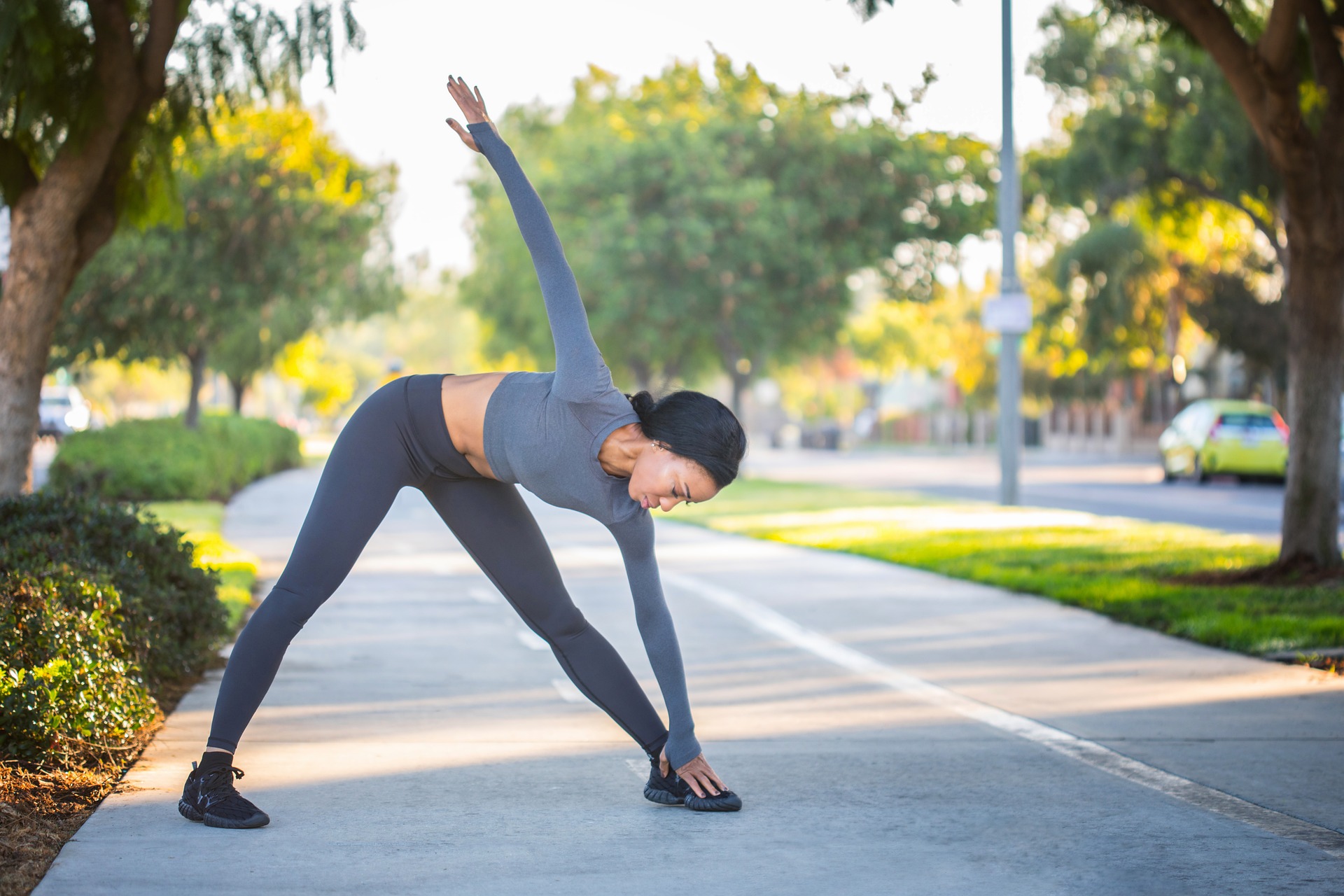Breaking Down the Sports Science Behind High-Altitude Training
It was during the 1968 Mexico City Olympics that the sports world first took notice of the peculiar effects of high altitude on athletic performances. Since then, high-altitude training has become a compelling topic in sports science. This article delves into the intriguing science behind this training method, its impact on athletes, and the on-going debates surrounding its effectiveness.
Historical Context: The Birth of High-Altitude Training
High-altitude training entered the domain of sports science after the 1968 Mexico City Olympics. Hosted 2,240 meters above sea level, athletes found themselves battling the thin air as much as their competitors. This led to unexpected outcomes and records, prompting sports scientists to look into the effects of altitude on athletic performance. Thus, the concept of high-altitude training was born.
Understanding the Science: How Does High Altitude Impact Athletes?
At high altitudes, the air is thinner, meaning there are fewer oxygen molecules per volume of air. This forces the body to produce more red blood cells to compensate for the reduced oxygen availability. The result? Enhanced oxygen-carrying capacity in the blood upon returning to sea level, theoretically improving endurance performance.
The Benefits: What is the Appeal?
The primary benefit of high-altitude training is the body’s production of more red blood cells. This increased oxygen-carrying capacity can give athletes an edge in endurance events. Moreover, high-altitude training may also improve athletes’ running economy and enhance their ability to utilize fat as a fuel source.
The Controversy: Not All are Convinced
Despite its apparent advantages, high-altitude training isn’t universally accepted as beneficial. Some studies show improvements in performance, while others find no significant effect. Critics argue that the reduced oxygen levels may hinder the quality of training, negating the benefits of increased red blood cell count.
Real-World Applications: How is it Used in Practice?
Many athletes, particularly endurance athletes, incorporate high-altitude training into their routine. Some live high and train low, residing at high altitudes but training at lower ones to maintain training intensity. Others use hypoxic chambers to simulate high-altitude conditions.
In conclusion, high-altitude training presents a fascinating intersection of sports science and practice. While the benefits and drawbacks are still debated, there’s no denying its impact on the world of sports. As new research emerges, athletes and coaches will continue to strive for that extra edge, wherever it may come from.





